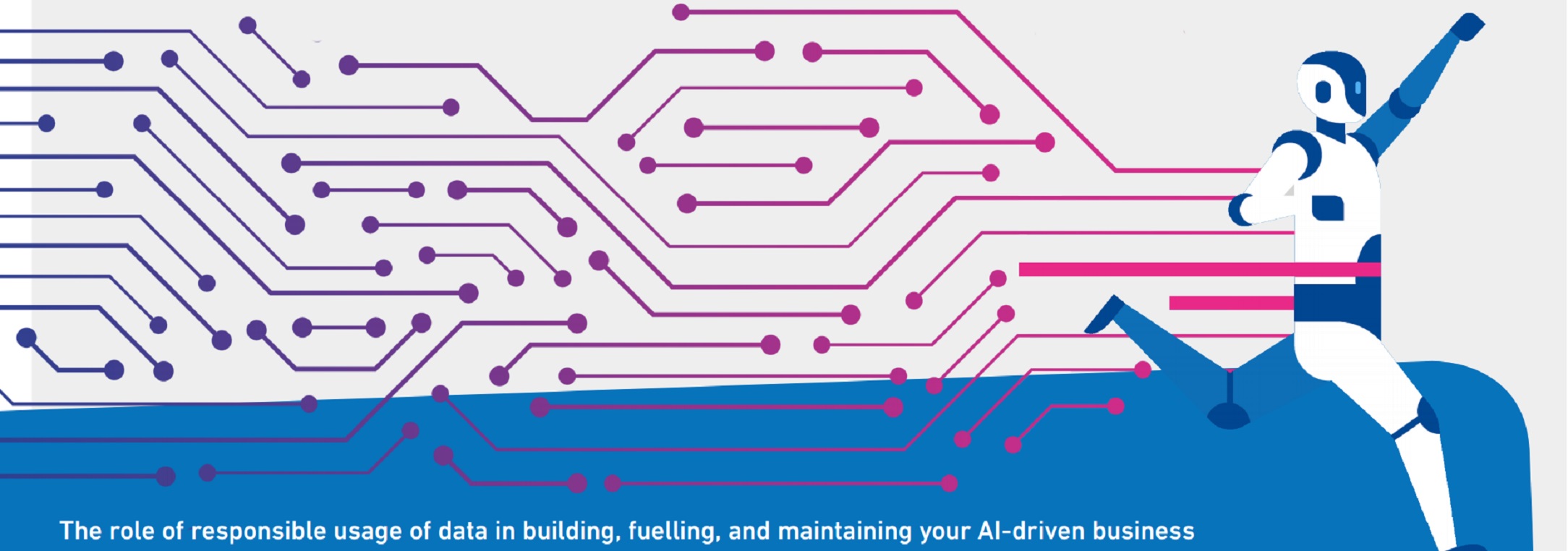In today’s fast-paced markets, businesses of all sizes strive for an edge over competition, especially when it comes to wining over consumers’ hearts and minds. Many find that competitive advantage in the way they apply artificial intelligence to improve their customer decision-making for high business performance. Data strategies for high-performance decisioning
In today’s fast-paced markets, businesses of all sizes strive for an edge over competition, especially when it comes to wining over consumers’ hearts and minds. Many find that competitive advantage in the way they apply artificial intelligence to improve their customer decision-making for high business performance.In fact, recent research we commissioned from Forrester Consulting shows that this.The ability to make meaningful decisions that match your customer’s context at a given point in time requires a solid understanding of their needs and goals. Having access to relevant data is essential to consistently deliver experiences that matter.
Timing and availability of data is equally important to improving your customer-level decision-making; to make those sought-after better, contextual decisions, you need to have the pertinent data available at the right place and time to meet that given consumer’s moment of need. For example, in an operational environment, this may translate into accessing the right type, amount and quality of data in real time, so you are able to respond how and when your customer expects.
The role of responsible usage of data in building, fuelling, and maintaining your AI-driven business
The energy needs of athletes exceed those of the average person. Similarly, in the AI world, data (nutrient) needs for high-performance require consistent markers over a long period of time.
Data scientists looking after credit and fraud risk would use the same variables or ‘nutrients’ that have been traditionally used for conventional scorecard developments to fuel machine learning methods to build predictive models. These are ‘proteins’ such as application data, any behavioural data your business has on existing customers, credit bureau data, segmentation data, available public information or transaction data.
Some trended economic data can be used as input for developing credit risk methods and governance to fit leading financial reporting standards and frameworks (think of IFRS 9 or Basel, for example). Similarly, to assess affordability, you will need to feed your algorithms with disposable income over your customers’ lifetime plus data about how they use it.
Financial data about customers’ savings, and investments allows for more accurate risk management while property related info derived from rental data is useful for extending personalised credit offers. Meanwhile, more and more businesses are using speech and text data obtained through voice recognition to improve the collection process.
In fact, recent research we commissioned from Forrester Consulting shows that this’race for the customer’ comes down to who knows them best.The ability to make meaningful decisions that match your customer’s context at a given point in time requires a solid understanding of their needs and goals. Having access to relevant data is essential to consistently deliver experiences that matter.
Timing and availability of data is equally important to improving your customer-level decision-making; to make those sought-after better, contextual decisions, you need to have the pertinent data available at the right place and time to meet that given consumer’s moment of need. For example, in an operational environment, this may translate into accessing the right type, amount and quality of data in real time, so you are able to respond how and when your customer expects.
The role of responsible usage of data in building, fuelling, and maintaining your AI-driven business
The energy needs of athletes exceed those of the average person. Similarly, in the AI world, data (nutrient) needs for high-performance require consistent markers over a long period of time.
Data scientists looking after credit and fraud risk would use the same variables or ‘nutrients’ that have been traditionally used for conventional scorecard developments to fuel machine learning methods to build predictive models. These are ‘proteins’ such as application data, any behavioural data your business has on existing customers, credit bureau data, segmentation data, available public information or transaction data.
Some trended economic data can be used as input for developing credit risk methods and governance to fit leading financial reporting standards and frameworks (think of IFRS 9 or Basel, for example). Similarly, to assess affordability, you will need to feed your algorithms with disposable income over your customers’ lifetime plus data about how they use it.
Financial data about customers’ savings, and investments allows for more accurate risk management while property related info derived from rental data is useful for extending personalised credit offers. Meanwhile, more and more businesses are using speech and text data obtained through voice recognition to improve the collection process.

